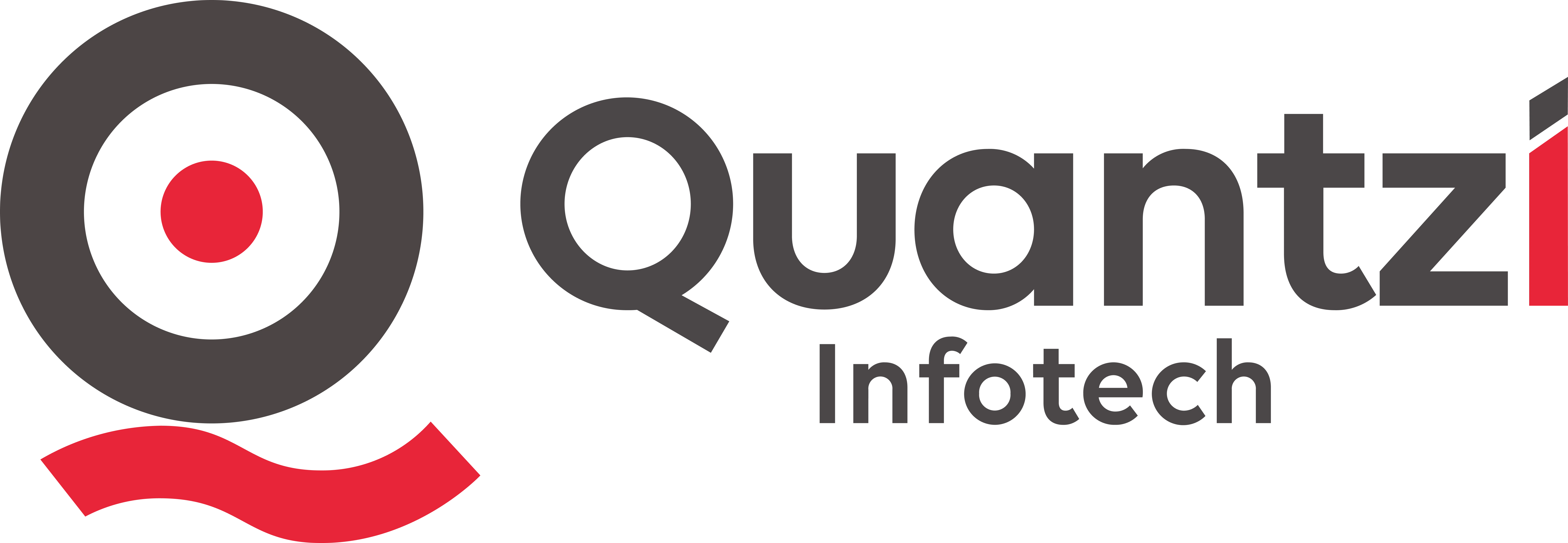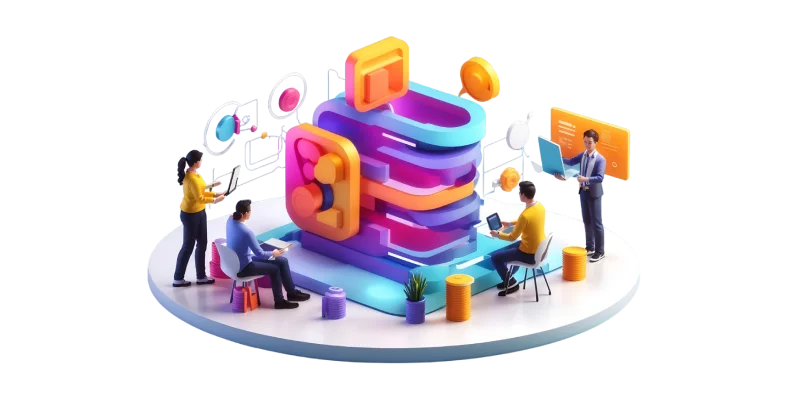2024 Software Development Trends Explained With Benefits and Use Cases!!
Introduction:
In 2024, the software development landscape is evolving at a rapid pace, driven by technological advancements and changing market demands. New trends such as artificial intelligence (AI), blockchain technology, and Internet of Things (IoT) integration are reshaping how software is developed, deployed, and utilized.
Staying updated with these emerging trends is crucial for businesses and developers to remain competitive in the dynamic digital market. This article explores the key trends shaping software development in 2024, highlighting their benefits and practical applications across various industries.
Organizations can innovate, optimize processes, and deliver impactful solutions to meet evolving user needs by understanding and leveraging these trends.
Artificial Intelligence (AI) Integration:
Artificial Intelligence (AI) is a pivotal software development trend, revolutionizing the field by enabling machines to emulate human intelligence and execute tasks traditionally reliant on human cognition. Within software development, AI algorithms scrutinize data, discern patterns, and make informed decisions, fostering the creation of more intelligent and efficient applications.
The incorporation of AI yields myriad benefits across industries, aligning with prevailing software development trends. Automation diminishes manual labor and streamlines repetitive tasks, conserving time and resources. AI-driven decision-making enhances precision and efficacy, empowering businesses to swiftly make data-driven choices.
In healthcare, AI aids in disease diagnosis, drug discovery, and patient monitoring. In finance, it's utilized for fraud detection, risk assessment, and algorithmic trading. Meanwhile, in e-commerce, AI powers personalized product recommendations, customer service chatbots, and predictive analytics for demand forecasting. Overall, AI integration propels productivity, efficiency, and innovation within software development, catalyzing notable advancements across diverse sectors.
Progressive Web Applications (PWAs):
Progressive Web Applications (PWAs) represent a noteworthy trend in software development. These web applications offer users a native app-like experience while utilizing standard web technologies like HTML, CSS, and JavaScript. They stand out for their responsiveness, reliability, and seamless compatibility across various devices and platforms.
PWAs come with several advantages over traditional web applications, aligning with prevailing software development trends. One key advantage lies in their offline functionality, facilitated by service workers that cache content, enabling users to access the app even without internet connectivity. Moreover, PWAs exhibit swift performance, loading promptly even on slower networks due to their optimized architecture.
In the realm of software development trends, PWAs are pivotal for augmenting user engagement. By providing access to essential services and content offline, they enhance accessibility and usability. PWAs prove especially advantageous for users in regions with limited high-speed internet access, offering a dependable means to access information and services on mobile devices. Overall, PWAs contribute significantly to a more inclusive and accessible digital landscape, bridging the gap between web and native applications.
Blockchain Technology Adoption:
The integration of IoT technology marks a significant evolution in software development, linking everyday devices to the internet for data exchange and automation. This interconnected network comprises devices, sensors, and software that facilitate real-time data collection and exchange. IoT integration yields numerous benefits within curr
IoT integration yields numerous benefits within current software development trends. Real-time data collection empowers businesses to make informed decisions promptly, while automation streamlines processes, boosting efficiency and minimizing human involvement. Moreover, predictive maintenance analyzes data patterns to anticipate potential equipment failures, mitigating risks proactively.
Across diverse industries, IoT integration demonstrates its prowess within software development. From enabling remote monitoring and control of household appliances in smart homes to optimizing manufacturing processes in industrial automation, and tracking patient vitals in healthcare monitoring systems, IoT enhances functionalities and outcomes.
Low Code/No Code Development Platforms:
In line with contemporary software development trends, low code/no code platforms empower users to create software applications with minimal or no coding expertise required. These platforms feature visual interfaces and pre-built components, drastically reducing development time and effort.
The advantages of these platforms resonate with prevailing software development trends. They accelerate development cycles, enabling businesses to expedite product launches. Additionally, they cut costs by obviating the need for hiring expensive developers. Furthermore, they enhance accessibility for non-technical users, democratizing the creation of custom applications.
Various software development trends find applications for low code/no code platforms, including rapid prototyping, internal tool development, and fostering citizen developers within organizations. These platforms facilitate swift experimentation and iteration, streamline internal processes, and empower employees to contribute to software development endeavors without extensive technical know-how.
Conclusion:
In conclusion, the discussed trends in software development, including AI integration, PWAs, blockchain technology, IoT integration, and low code/no code platforms, offer numerous benefits such as improved efficiency, enhanced security, and increased accessibility. Businesses and developers need to stay agile and adaptable in this ever-evolving landscape to remain competitive. By embracing these trends and implementing them in their projects or businesses, readers can drive innovation, improve productivity, and stay ahead of the curve.
Therefore, I encourage readers to explore these trends further and leverage them to unlock new opportunities for growth and success in their respective fields.

